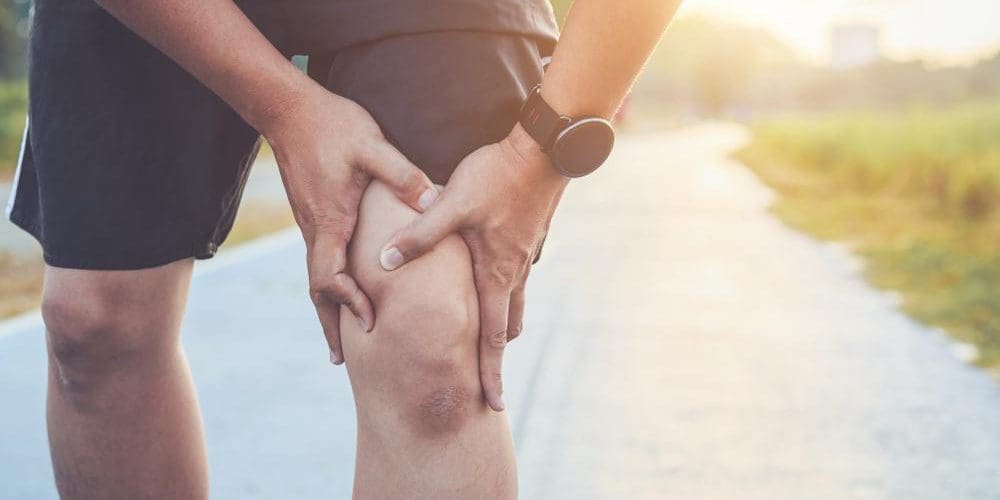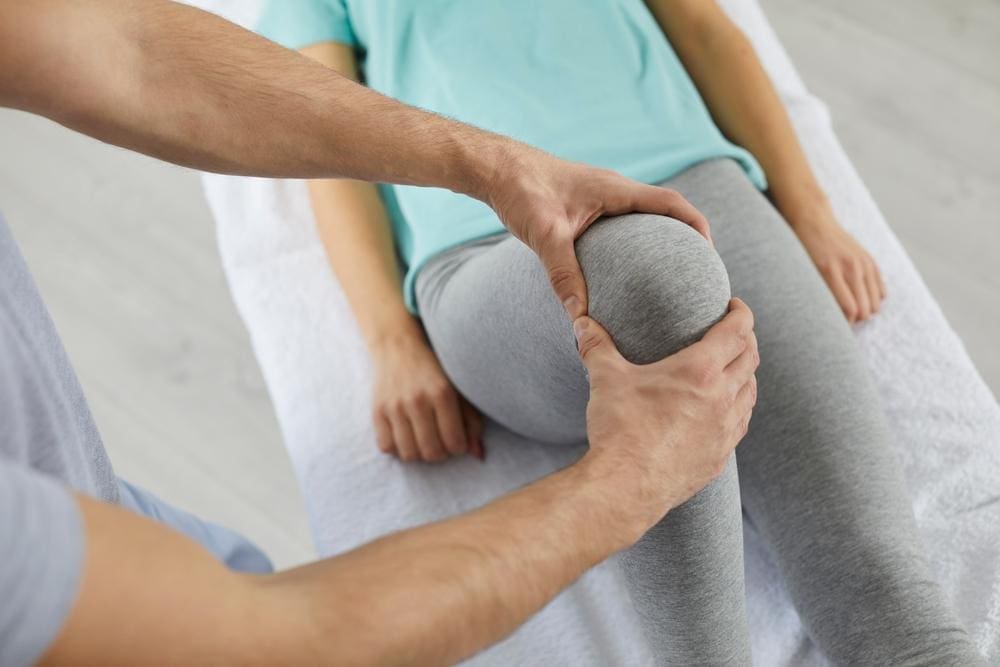
Jumper’s knee is common among athletes, but you don’t need to be an athlete to develop this common condition. In many cases, it’s mild and might even resolve on its own with rest. However, failing to treat knee tendonitis, especially in more serious cases, can permanently damage the knee.
Thankfully, chiropractic care is one of the best ways to deal with jumper’s knee. Not only can it help you heal faster, but it also strengthens your knees and makes you less likely to experience the condition.
What should you know about jumper’s knee, and how can chiropractic care help you treat and prevent it?
Knee tendonitis, also called patellar tendonitis or jumper’s knee, occurs when the patellar tendon connecting the kneecap and shin bone is injured. It’s usually due to repetitive use but can result from a specific acute injury.
This tendon is responsible for working with the muscles in your thigh to allow you to kick, jump, and run. It’s a common injury among athletes because they do so many of these actions, but anyone can develop knee tendonitis.
In many cases, knee tendonitis is a mild to moderate acute injury, and it’s remedied with stretching and strengthening exercises. But in some cases, knee tendonitis can be chronic or severe enough to interfere with your quality of life. This is especially true if an initial bout of knee tendonitis is exacerbated by multiple tears in the tendon.
Several factors contribute to patellar tendonitis, including:
The most obvious symptom of jumper’s knee is pain. Most people with patellar tendonitis develop pain between their kneecap and shinbone. In some cases, the pain might only occur at the beginning of physical activity or just after an intense workout. If you’re an athlete, you might notice pain right at the beginning or end of a game or match. Others might notice it when they first stand or begin walking or after walking for a longer than usual period.
Over time, as the condition worsens, you’ll notice pain worsening and interfering with activities. An athlete might feel pain initially when they begin their sport, and then that pain continues and affects their performance.
Yes. First-time or mild to moderate cases of jumper’s knee often heal independently. You can support your body’s natural healing process by resting, applying ice to reduce inflammation, and taking good care of your overall health.
Left untreated, patellar tendonitis can create complications.
It’s common for some people to try to push their pain. This is especially true if pain is mild and doesn’t interfere with activities.
But ignoring your body’s warning signals can lead to major problems. Not seeking treatment for patellar tendonitis can lead to larger tears in the tendon. This causes more pain and can reduce the function of your knee.
The condition can eventually develop into serious patellar tendinopathy.
There are several things you can do to take care of jumper’s knee, including:

Your doctor might recommend anti-inflammatory or pain relief medications, dry needling, steroid injections, plasma injection, or surgery. It’s essential to consider these treatments' potential side effects and complications before proceeding.
Chiropractic treatments are among the safest and most effective options for treating knee tendonitis. The exact treatment depends on the severity of the condition and the cause and symptoms you’re experiencing.
Before proceeding with treatment, your chiropractor will identify the cause or contributing factors to your condition. They’ll also consider whether you’re experiencing symptoms besides pain, such as weakness, inflammation, or stiffness.
In most cases, chiropractic treatment for knee tendonitis addresses the knee and other body parts, including the neck, hips, and spine. Chiropractic care is a whole-body approach that promotes well-being and supports your body’s natural healing ability.
Specific treatments include:
In addition to the in-office treatments you’ll receive, your chiropractor will also prescribe and demonstrate exercises and stretches you can do at home to strengthen your knee and the surrounding muscles.

Finally, your chiropractor might recommend additional knee pain treatments that can be used in combination with chiropractic care to treat knee tendonitis, including:

Your treatment plan will begin with an assessment to determine if tendonitis is truly the cause of your knee pain. They’ll also assess your medical history to determine the root cause of the problem. Even if the problem isn’t knee tendonitis or the problem is caused by something other than an overuse injury, they can provide knee pain treatment. Other knee health issues chiropractors treat include Osteoarthritis, Meniscal injury, and Rheumatoid arthritis.

© Accident Care Chiropractic | Hablamos Español
Located in: North Portland, NE Portland, SE Portland, Gresham, Clackamas, Oregon City, Hillsboro, Bethany, Beaverton, Tigard, Forest Grove, Woodburn,
McMinnville, Keizer, Salem, South Salem, Bend, Vancouver, Hazel Dell, East Vancouver, Pasco, Kennewick, Lakewood.
We Specialize in Car Accident Treatment & Recovery
Home | About Us | Testimonials | Blog | Sitemap | Privacy Policy | Services | Locations | Contact Us